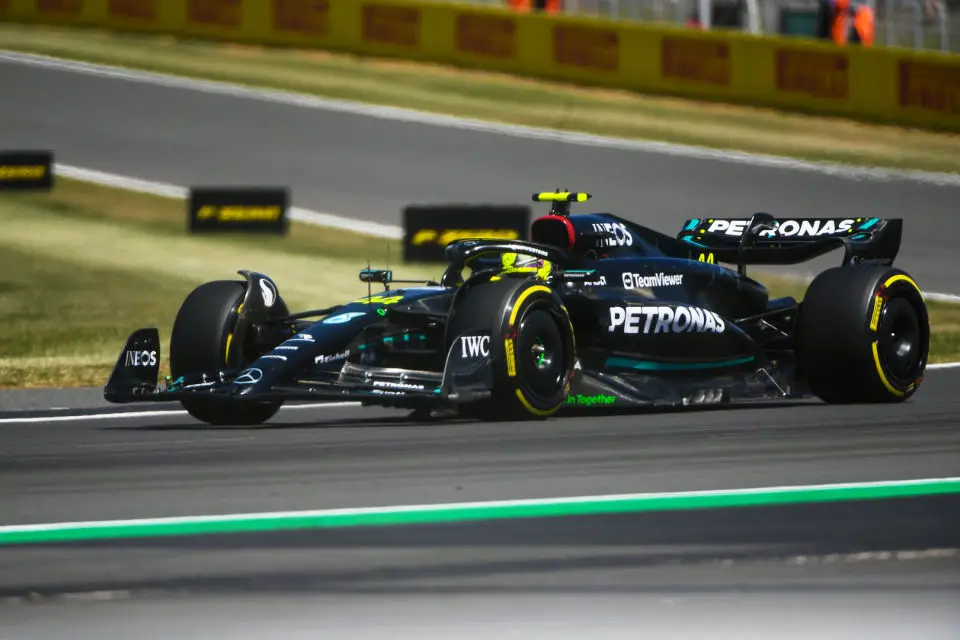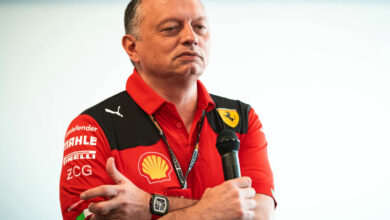Lewis Hamilton’s Insightful Visit to Mercedes: A Crucial Step in Shaping the Future of W15
Lewis Hamilton’s recent visit to the Mercedes headquarters in Brackley proved to be a significant step towards improving the performance of the 2024 W15 car. Hamilton’s keen observations and feedback on the car’s design, especially after his experience in the Japanese GP, are set to influence Mercedes’ engineering approach.
Key Takeaways:
- Insightful Feedback: Lewis Hamilton expressed his concerns regarding the W13 and W14 cars, highlighting a significant lack of rear downforce, which he felt was a key factor in his slower qualifying times. His candid feedback aimed at steering Mercedes away from their current design path.
- Mercedes’ Response: Andrew Shovlin, Mercedes’ trackside engineering director, acknowledged the drivers’ feedback and emphasized their commitment to abandoning previous concepts in favor of more stable and reliable designs.
- Hamilton’s Role and Expectations: Despite his non-designer role, Hamilton’s expertise and experience as a seven-time world champion provide invaluable insights. He anticipates serious and quick changes to rectify the identified issues.

Lewis Hamilton’s involvement in the development of Mercedes’ next-gen W15 is more than just a routine check. His visit to the Mercedes headquarters this week is a clear indication of his proactive approach to addressing the shortcomings he faced with the W13 and this year’s W14. Hamilton’s dissatisfaction with the current design direction, echoing his experiences from the Japanese GP qualifying, is a strong message to the Mercedes engineering team.
During his candid interview with the BBC, Hamilton didn’t mince words. He said, “It didn’t feel that shocking today. It was just unfortunately slow.” He elaborated on the specific issues, particularly the “huge lack of rear downforce” that affected his performance. This lack of downforce, according to Hamilton, leads to increased tyre degradation and ultimately slower lap times, something Verstappen didn’t seem to struggle with.
Hamilton’s deep understanding of racing dynamics and car performance is evident. He emphasized the need for his team to take his feedback seriously, saying, “I know what the problem is; it’s just getting the guys to make the changes. I try to argue my point but it is not my job to design the car.”
Responding to Hamilton’s feedback, Andrew Shovlin highlighted the team’s open-mindedness and commitment to improvement. He said, “We know they [Hamilton and Russell] don’t have the confidence to throw it into a high-speed corner here and know that the rear’s not going to slide more than they want and be a bit of a challenge.” Shovlin’s comments suggest a willingness to adapt and evolve, guided by the drivers’ experiences and insights.
In conclusion, Lewis Hamilton’s proactive involvement in the W15’s development marks a significant juncture for Mercedes. His feedback, based on firsthand racing experience, combined with the engineering team’s openness to change, could very well shape the future trajectory of Mercedes’ Formula 1 success. As Hamilton eagerly awaits the realization of these changes, the world of Formula 1 watches with anticipation.



